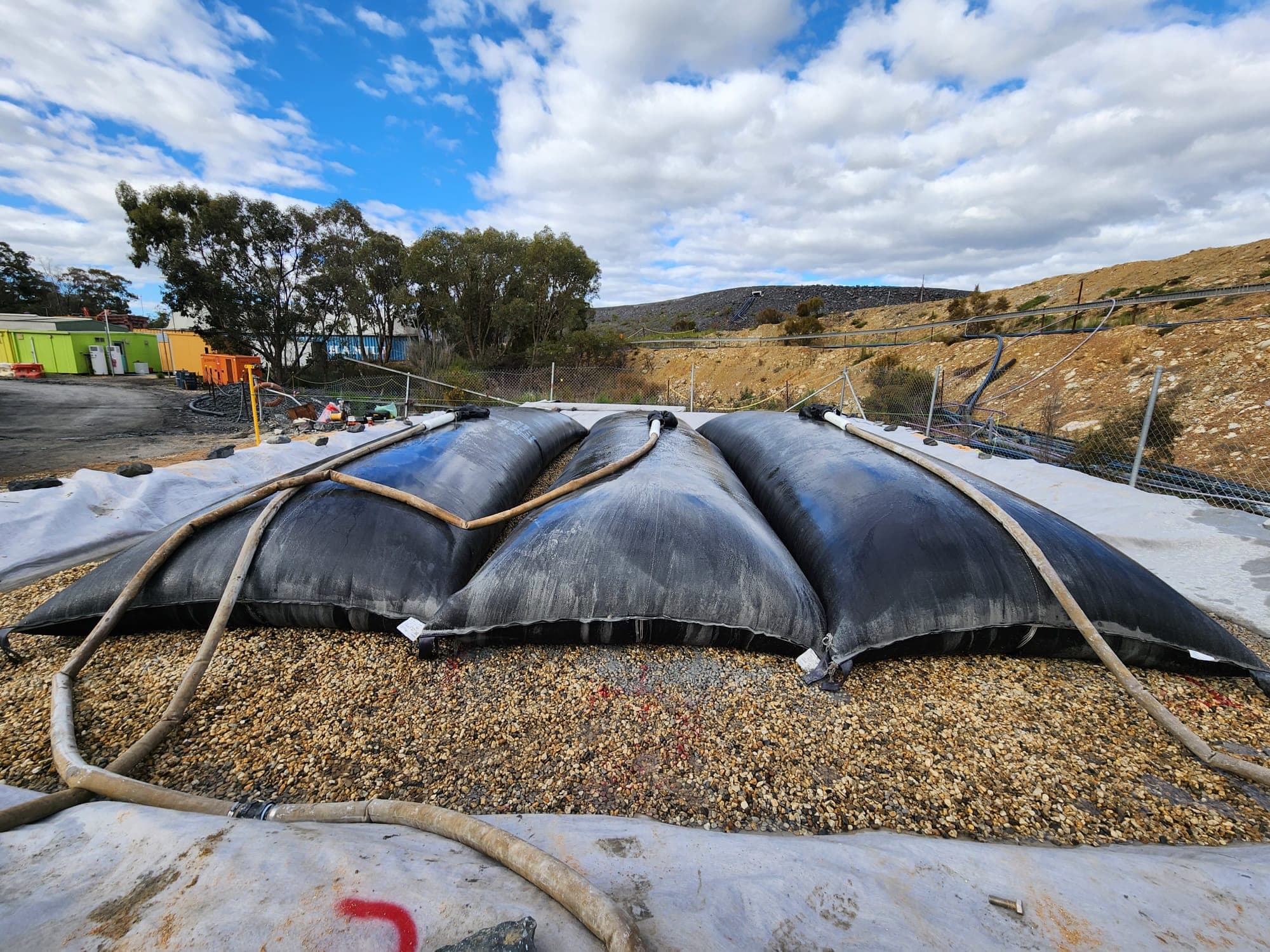What are geotextiles? A clear guide to how they work and where they’re used

How can mining companies effectively manage dewatering challenges and implement innovative solutions for mine waste management?
As global demand for mining and mineral processing continues to rise, mining companies are presented with significant opportunities to increase production and maximize earnings. However, with this growth comes a pressing challenge: managing the larger volume of mine waste generated as production scales. This is where effective dewatering solutions become essential.
The dewatering challenge
With the surge in production, mechanical dewatering systems often reach their capacity limits, leaving mining operations struggling to efficiently manage the growing waste. Compounding this problem, storage tailings have also reached maximum capacity in many operations, forcing management to make crucial decisions on how to handle excess waste.
Capital expenditure concerns
While expanding mechanical dewatering systems might seem like the obvious solution, it comes with a significant hurdle—high capital expenditure. Mining companies must weigh the cost of such an expansion against the unpredictable nature of market demand. Committing substantial resources to expand capacity may not be wise if the demand increase is temporary. This financial uncertainty often leads management to explore more cost-effective alternatives.
Exploring alternatives
In response to these challenges, mining companies are searching for efficient, low-cost dewatering options that allow them to manage the increased waste without heavy financial investment. The goal is to find a solution that offers immediate relief while keeping capital expenditure low—enabling companies to capitalize on the current market opportunities without taking on unnecessary financial risk.
Dewatering technology: A game changer
One such alternative that has proven effective across industries is GEOTUBE® dewatering technology. This innovative solution involves the use of a flexible tubular containment system with a filtering surface that efficiently drains water while retaining solids. It is highly versatile and effective for various dewatering applications, making it an attractive option for mining companies facing waste management challenges.
GEOTUBE dewatering technology offers several key benefits:
Reduction of moisture content: By dewatering, the moisture content of sediment is reduced, which can help in several ways. It decreases the volume of waste, making it easier and more cost-effective to transport and dispose off in landfills. It also improves processing efficiency when incineration is involved and can enhance the calorific value of the waste.
High solids capture rate: GEOTUBE® systems are designed to capture a high percentage of solids, making them highly efficient for large-scale mining operations. They can handle substantial volumes of sludge while requiring minimal capital investment.
Enhanced effluent water quality: The technology ensures that the water drained from the system meets high-quality standards, which is particularly important in operations where effluent water may be released directly into the environment without additional treatment.
Low-cost, high efficiency: Unlike traditional mechanical dewatering methods such as centrifuges and belt presses, which require significant investment, or natural methods like drying beds, which are time-consuming and require large land areas,
GEOTUBE® offers a cost-effective solution that balances both efficiency and sustainability.
Additionally, the technology incorporates a conditioning accelerant that speeds up the dewatering process, further enhancing its overall efficiency.
As mining companies navigate the challenges of increased production and waste management, GEOTUBE® dewatering technology presents a reliable, cost-effective alternative to traditional dewatering methods. Its ability to handle large volumes of waste, minimize capital expenditure, and maintain high-effluent water quality makes it a valuable tool for companies looking to meet growing demand while staying financially prudent.